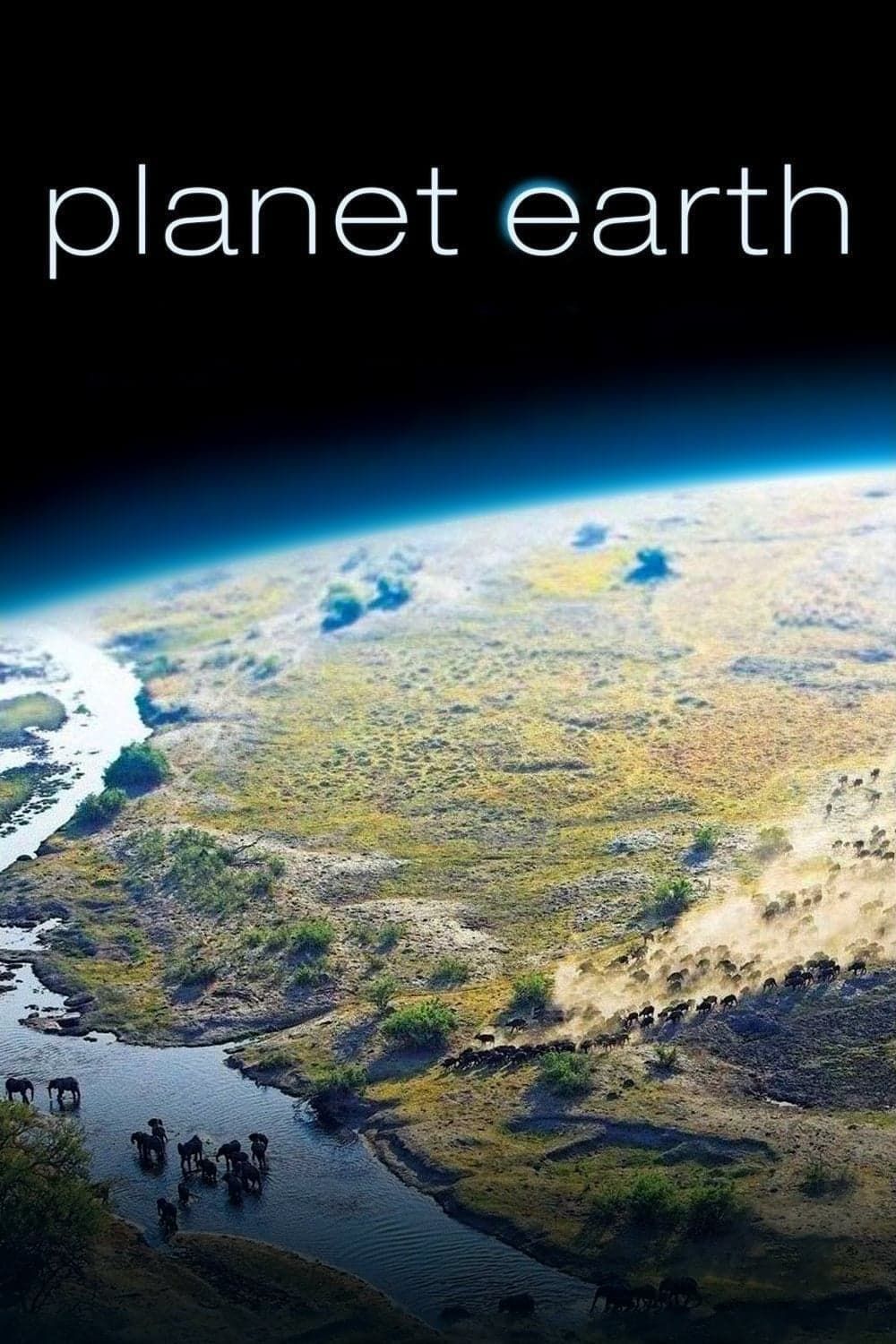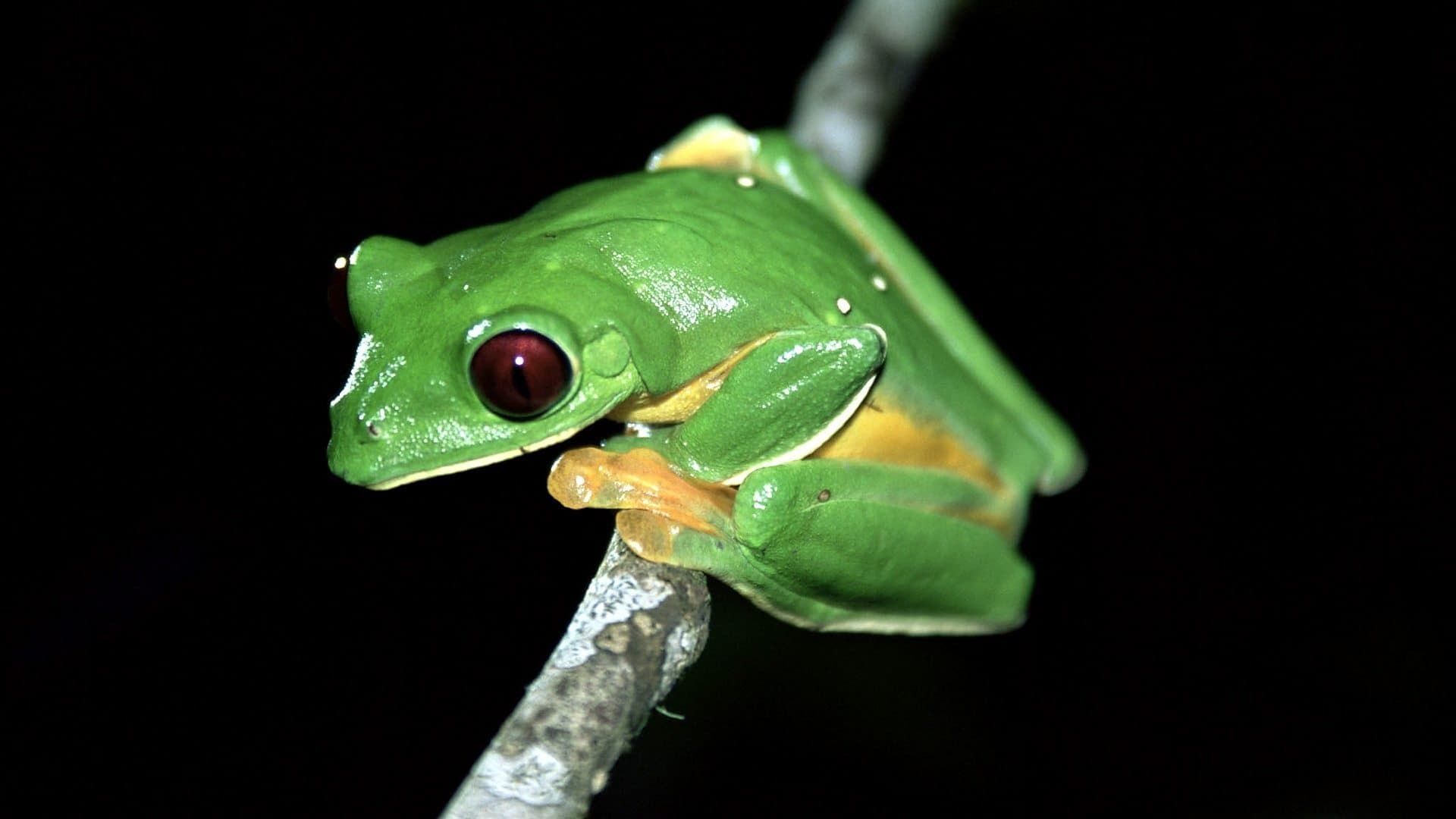

Planet Earth
Miniseries
TV-PG
100%91%
A documentary series on the wildlife found on Earth. Each episode covers a different habitat: deserts, mountains, deep oceans, shallow seas, forests, caves, polar regions, fresh water, plains and jungles. Narrated by David Attenborough.
Where to Watch Miniseries
11 Episodes
- Mountains
 E2
E2MountainsMountains are the most prominent products of the immense forces which shape the living planet: tectonic drift, volcanic activity and erosion by wind, water, frost and precipitation. We see how wildlife adapts to the harsh, often extreme conditions in various types of mountain ranges, such as Gelada baboons on a suddenly volcano-pushed Ethiopian peek, pumas in the Andes, grizzly bears in the Rockies, snow leopards in the Himalaya. - Fresh Water
 E3
E3Fresh WaterAlthough merely 3% of water on earth, fresh water plays an important part in the planet's weather and erosion. It is immensely important for all non-marine wildlife, which drinks fresh water and swims, procreates, hunts in it. Its concentrations, such as rivers, lakes and swamps, abound in aquatic and other species, often adapted to 'wet' life. - Great Plains
 E7
E7Great PlainsThis episode deals with savanna, steppe, tundra, prairie, and looks at the importance and resilience of grasses in such treeless ecosystems. Their vast expanses contain the largest concentration of animal life. Over Africa's savanna, a swarm of 1.5 billion red-billed queleas are caught on camera, the largest flock of birds ever depicted. - Shallow Seas
 E9
E9Shallow SeasShallow seas cover only 8% of earth's surface, but contain the richest, most varied maritime life: from plankton and coral (literally vital for the very existence of reefs) to birds and from various invertebrates to mammals like seals, dolphins and whales and from sea snakes to countless fish species. Their ecological interaction is greatly varied and complex, often with nearby land to, even with deserts. - Seasonal Forests
 E10
E10Seasonal ForestsTrees are Earth's largest organisms and are also one of the planet's oldest inhabitants. Seasonal forests (unlike tropical rain-forest) are the largest land habitats. A third of all trees grow in the endless taiga of the Arctic north. Northern America has forests that include California's sequoias, the Earth's largest trees. There and elsewhere, their vast production of photosynthesis and shade presides over a seasonal cycle of life and involves countless plant and animal species.













